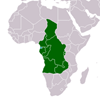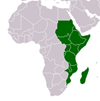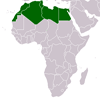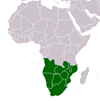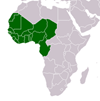Livelihoods Research: Transcending Boundaries of Time and Space
Livelihoods Research: Transcending Boundaries of Time and Space
There are two key questions in livelihoods research. How should we do it? What is it for? On the first question, disparate methods may be broadly grouped into two approaches: those that 'look around' at a moment of time (the circumspective approach) and those that seek to reconstruct change over time (the retrospective approach). All livelihoods research should incorporate both approaches. On the second question, recent livelihoods research has been mainly directed to more effective 'policy-making' for the future (the prospective approach). Conventionally, a phase of investigation and analysis is followed by a phase of production of 'policy' outputs. An alternative 'process' approach, based on explicit efforts to integrate the terms of reference of the research throughout its life with the political context in which it is carried out, potentially offers a more effective way of defining appropriate strategies of public intervention, although it is very difficult to achieve this in practice. This article discusses some practical examples of livelihoods research that, while recognising the importance of longitudinal work, are based on combinations of established methods such as large- or small-scale sample surveys and varieties of 'participatory' research. I suggest that, while valuable, these methods may not be adequate, in themselves, to comprehend diverse livelihoods that straddle the boundaries between different geographical spaces or conventionally discrete economic sectors. My own experience of livelihoods research in the Free State through the 1990s leads me to identify the 'dispersed intensive' method of micro-level investigation as essential in some circumstances and potentially useful in other circumstances, both by contrast with, and as a complement to, the established methods. I define and illustrate the dispersed intensive method through a series of case studies drawn from that experience. For research into changing livelihoods to be illuminating and useful, however, it is of course essential to define the structural, historical and institutional elements of its macro-context.
CITATION: Murray, Colin. Livelihoods Research: Transcending Boundaries of Time and Space . : Taylor & Francis , . Journal of Southern African Studies, Vol. 28, No. 3, pp. 489-509, September 2002 - Available at: https://library.au.int/livelihoods-research-transcending-boundaries-time-and-space-3

